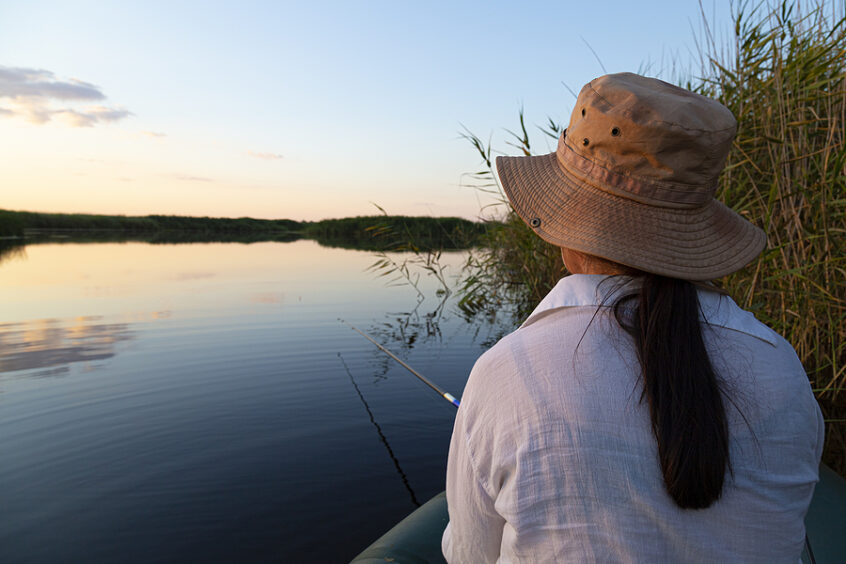Glucose, Insulin, & Hypoglycemia
Kari Collett, RDN, LDN, CLT
- In Type 1 Diabetes, there are too many fish in the pond and nobody fishing.
- In Type 2 Diabetes, there are a lot of fish in the pond. There are also a lot of people fishing, all trying to keep up with removing the fish. But, once they catch the fish, they have nowhere to take them because the fish market doesn’t respond to the people bringing the fish.
Fishing compared to Blood Glucose Levels
Interventions
Type 1:Because the body does not produce enough insulin, people with this type of diabetes are insulin dependent. In our illustration, it means that people (from an outside source) are added to the pond to fish. People with T1DM must monitor their blood glucose levels throughout the day and administer insulin according to their needs. People with this type of diabetes need to be very cautious about hypoglycemia resulting from taking more insulin than what their blood glucose levels require.
Type 2: Most of the time, people can improve T2DM with diet and exercise. When using our fish story, diet and exercise make the fish market more responsive to the fishers bringing the fish. This allows the fish level in the pond to go down and eventually the number of people fishing comes down, too. Sometimes people with T2DM will take various types of medications that help control blood glucose levels. Over time, a person may become insulin dependent. People with this type of diabetes need to be more aware of hyperglycemia.
How do I know if I have or hypoglycemia or something else?
People with diabetes that are using insulin are at greater risk of experiencing hypoglycemia. True hypoglycemia is defined as blood sugar levels below 70 ng/dl. People without diabetes can experience low blood glucose levels from time to time. Most of the time, these occasions are not considered a medical emergency. Either way, the treatment for low blood sugars is to eat a carbohydrate food.
Examples of carbohydrate foods good for treating low blood sugar include: fruit with nut butter, whole grain crackers with hummus, dried fruit and nuts, or granola bar. Things such as fruit juices, candies, and soda are not recommended because, even though they will elevate blood glucose levels, they are quickly absorbed and then quickly cleared potentially leading to another low glucose crash.
If you have diabetes, test your blood glucose levels with a meter every time you suspect you have hypoglycemia. This will give you accurate information. If you have blood glucose levels below 70 ng/dl, treat with a carbohydrate food, then wait 15 minutes and test blood sugar levels again. If blood glucose levels remain elevated or symptoms do not resolve, consider other reasons for the symptoms, or treat a second time. If symptoms persist, seek immediate medical attention.
Sometimes people think they are experiencing low blood sugar levels but really aren’t. The best way to know is to test your blood glucose levels. If they are below 70 ng/dl, treat with a carbohydrate food as directed above.
If they are not below 70 ng/dl, you are likely experiencing something else such as an anxiety or panic attack, a drop in blood pressure, or you may be dehydrated. It’s important to know the difference because treating low blood sugars with food when it’s not true hypoglycemia can lead to unwanted weight gain. See the chart below to understand the difference:
|
Symptoms of Hypoglycemia |
Hypo- glycemia |
De- hydration |
Low Blood Pressure |
Anxiety* |
Panic Attack* |
Drunken- ness* |
Heart Conditions* |
|
Hunger |
x |
||||||
|
Irritability |
x |
x |
x |
||||
|
Confusion |
x |
x |
x |
x |
x |
||
|
Shakiness |
x |
x |
x |
x |
|||
|
Sweating |
x |
x |
x |
x |
|||
|
Dizziness |
x |
x |
x |
x |
x |
x |
|
|
Fast Heartbeat |
x |
x |
x |
x |
x |
||
|
Heart Palpitations |
x |
x |
x |
||||
|
Slurred Speech |
x |
x |
x |


